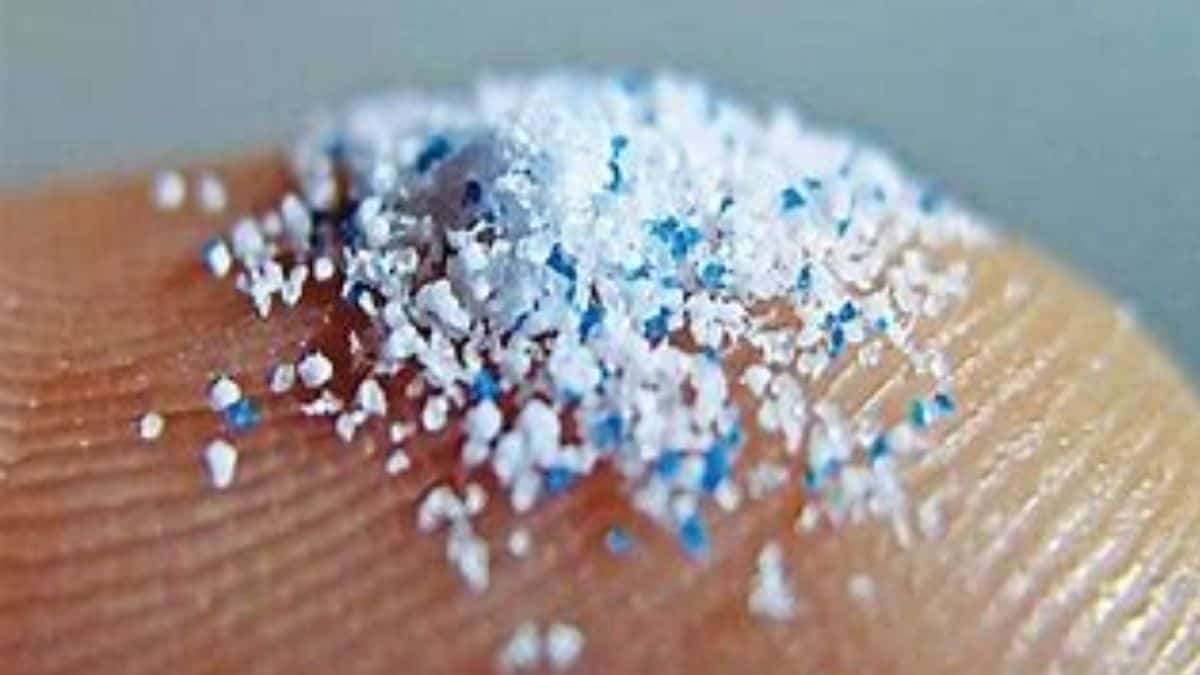Scientists find microplastics in human blood for first time

Microplastics have been discovered in human blood for the first time, raising concerns that the ubiquitous particles may be making their way into organs.
A Dutch study published on Thursday in the journal Environment International examined blood samples from 22 anonymous, healthy volunteers and discovered microplastics in nearly 80% of them.
Half of the blood samples contained traces of PET plastic, which is commonly used to make drink bottles, and more than a third contained polystyrene, which is commonly used in disposable food containers and a variety of other products.
PET is commonly found in soda and water bottles; containers; polyethylene in milk and household cleaner bottles; blow-extruded grocery bags, caps, and toys; and styrene polymers in disposable cutlery, plastic models, CD and DVD cases.
“We have now proven that our bloodstream, our river of life, as it were, contains plastic,” said ecotoxicologist Heather Leslie of Amsterdam’s Vrije Universiteit.
The researchers devised a method for determining the trace level of micro and nanoplastic particles in human blood. The study included 22 people whose blood was tested for the presence of five different polymers, or plastic building blocks.
According to the team, three-quarters of the test subjects appeared to have plastics in their blood.
While previous evidence came from laboratory experiments, new research shows that people absorb microplastics from their environment in their daily lives, and that the amounts are measurable in their blood.
The overall concentration of plastic particles in the blood of the 22 donors was 1.6 micrograms per millilitre (ug/ml), which is equivalent to a teaspoon of plastic in 1,000 litres of water (10 large bathtubs).
A quarter of the donors tested had no detectable amounts of plastic particles of any kind in their blood.
“This is the first dataset of its kind, and it needs to be expanded to learn more about how widespread plastic pollution is in human bodies and how harmful it can be. With this knowledge, we can determine whether exposure to plastic particles endangers public health “Marja Lamoree, a varsity analytical chemist, stated
The team’s next goal is to investigate how easily these particles can move from the bloodstream into tissues, such as those found in organs like the brain.


